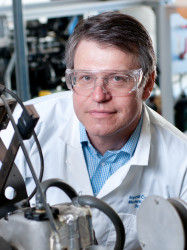BibTex format
@inproceedings{Karlis:2019:10.2514/6.2019-0672,
author = {Karlis, E and Hardalupas, I and Taylor, AMKP},
doi = {10.2514/6.2019-0672},
publisher = {American Institute of Aeronautics and Astronautics},
title = {Effects of inert fuel diluents on the dynamic state of a thermoacoustically unstable gas turbine combustor},
url = {http://dx.doi.org/10.2514/6.2019-0672},
year = {2019}
}

